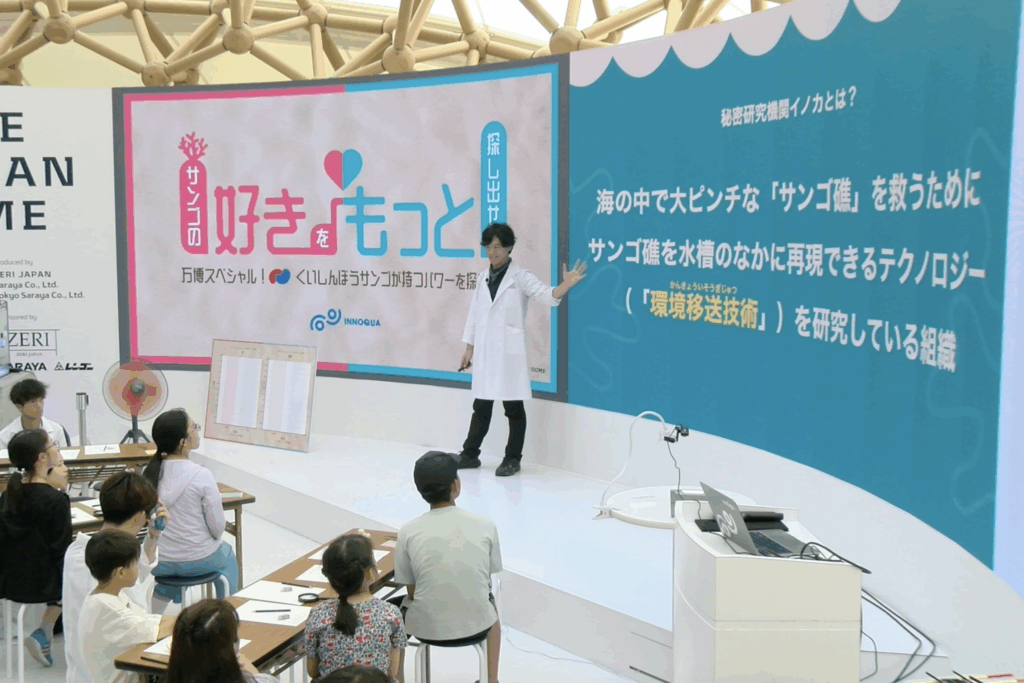
For two weeks, starting on Monday, August 4th, we co-hosted a symposium with Inoka Co., Ltd. on the use of technology in marine conservation and the future of industry, as well as a science workshop for children using coral.
Inoka Interdisciplinary Collaboration Symposium
The symposium, held on Monday, August 4th, began with an opening session by Inoka Co., Ltd. COO Shiki Takeuchi, who introduced a technology for artificially recreating underwater environments in aquariums and cultivating corals. This technology is expected to be a major step toward detailed analysis of coral ecology and conservation, amid the decline of coral reefs due to climate change. In addition to collaborative research with companies, the company also actively engages in educational activities, such as conducting research programs for children.
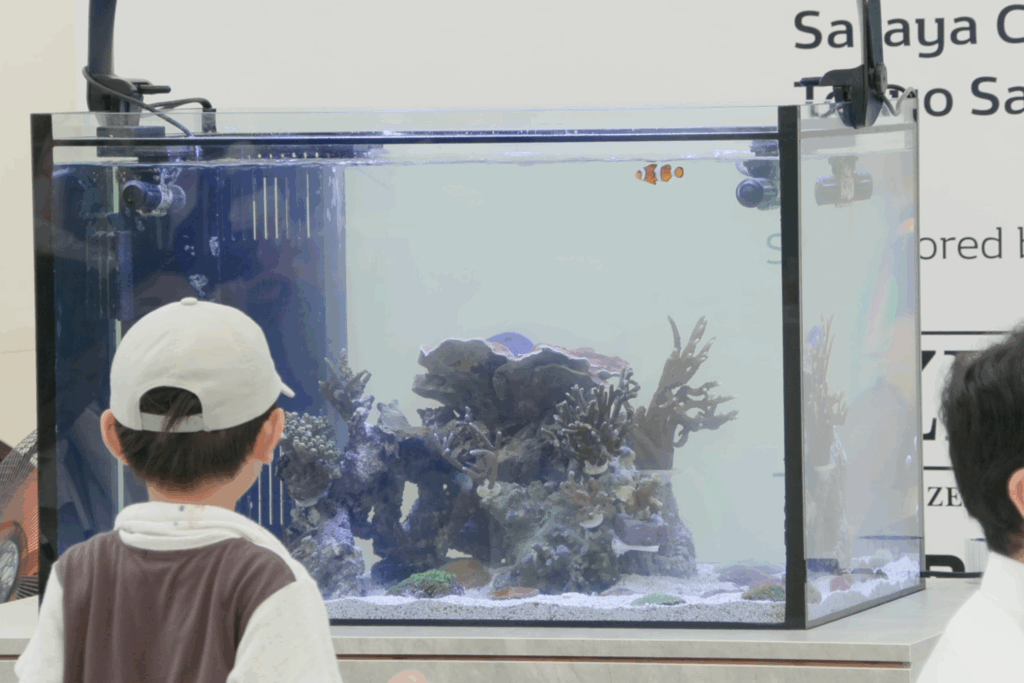
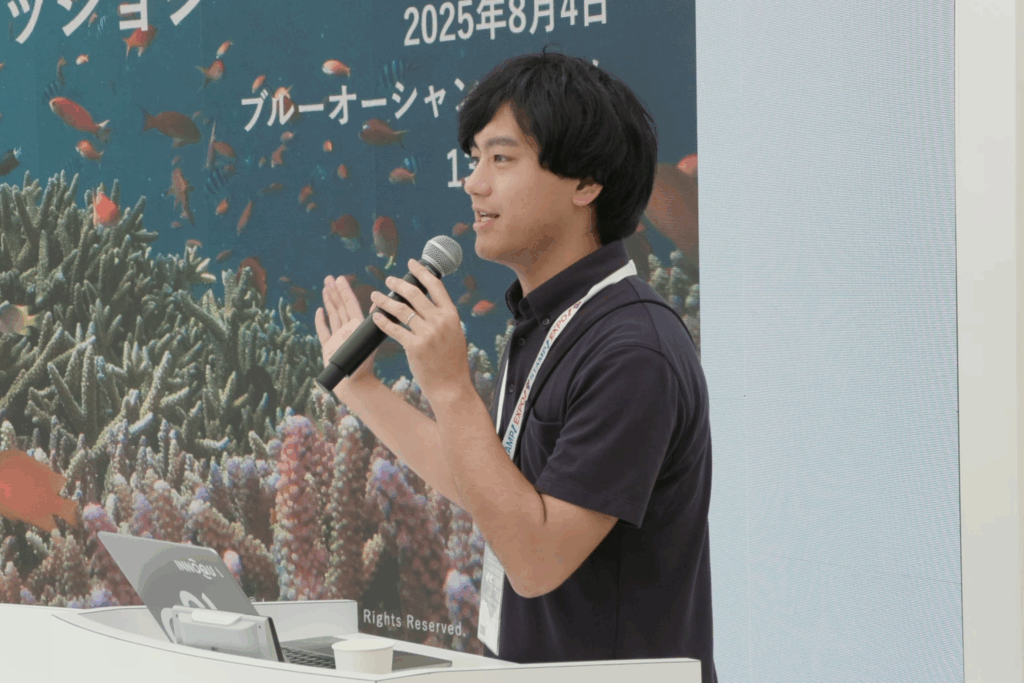
In the first talk session, Yasuto Miyata of JFE Steel Corporation explained efforts to improve the marine environment using steel slag, a by-product of the steel manufacturing process. Steel slag provides an excellent substrate for coral and seaweed, and its calcium and iron content are expected to have a positive effect on coral skeletal formation and seaweed growth. Miyata also mentioned the slag’s ability to adsorb and neutralize hydrogen sulfide, a harmful substance found in large amounts in sludge. He highlighted the potential for this technology to contribute to improving the marine environment and emphasized that it is an advanced initiative linked to concepts such as “blue carbon” and “nature positive,” which focus on the ocean’s CO2 absorption.
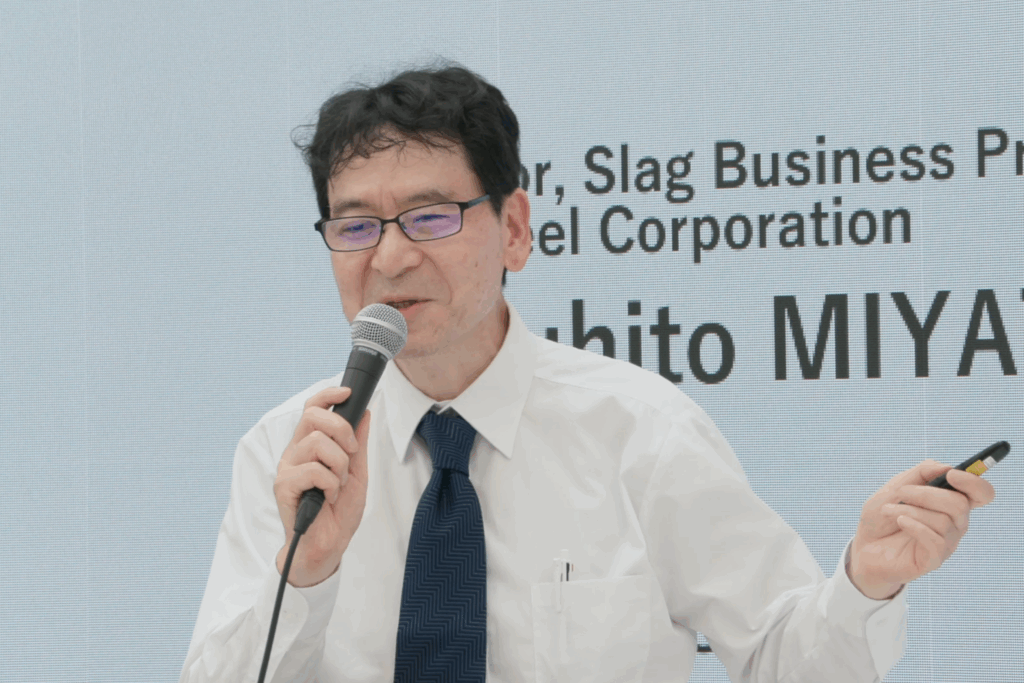
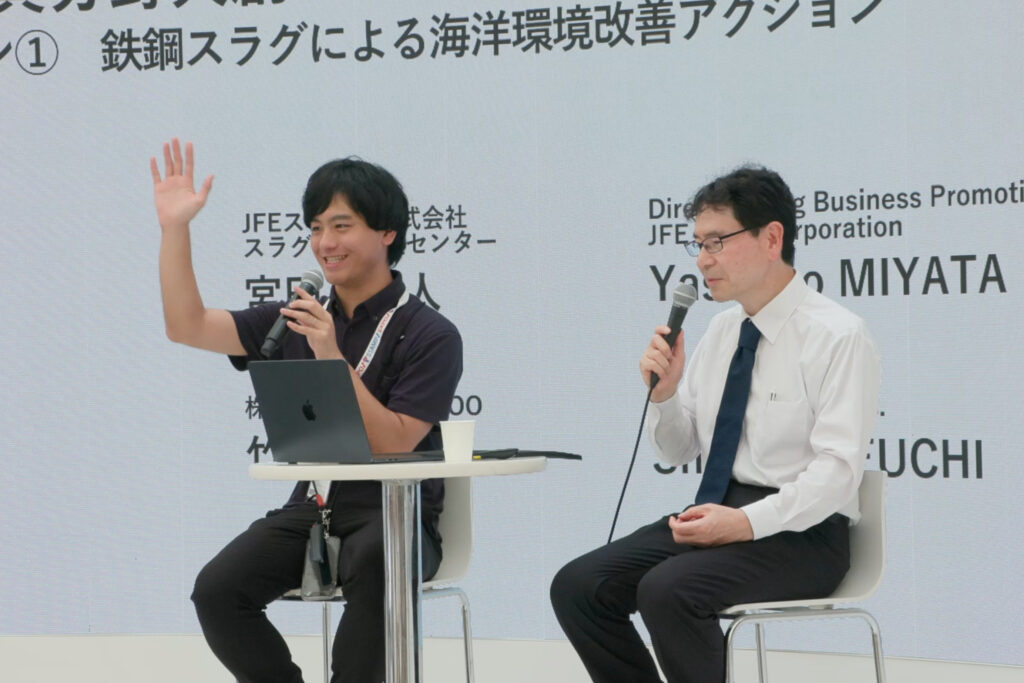
In the following session, Masato Ueda, professor at the Faculty of Chemistry and Biotechnology at Kansai University and CTO of Inoka Corporation, spoke about new research combining his expertise in regenerative medicine with coral regeneration technology. Applying human cell technology to coral regeneration and conservation highlights the potential for collaboration across disciplines.
This symposium embodied Inoka’s concepts of “natural capital” and “blue economy.” By bringing together a diverse range of experts, it was an innovative forum for presenting concrete solutions to the global challenge of marine conservation.
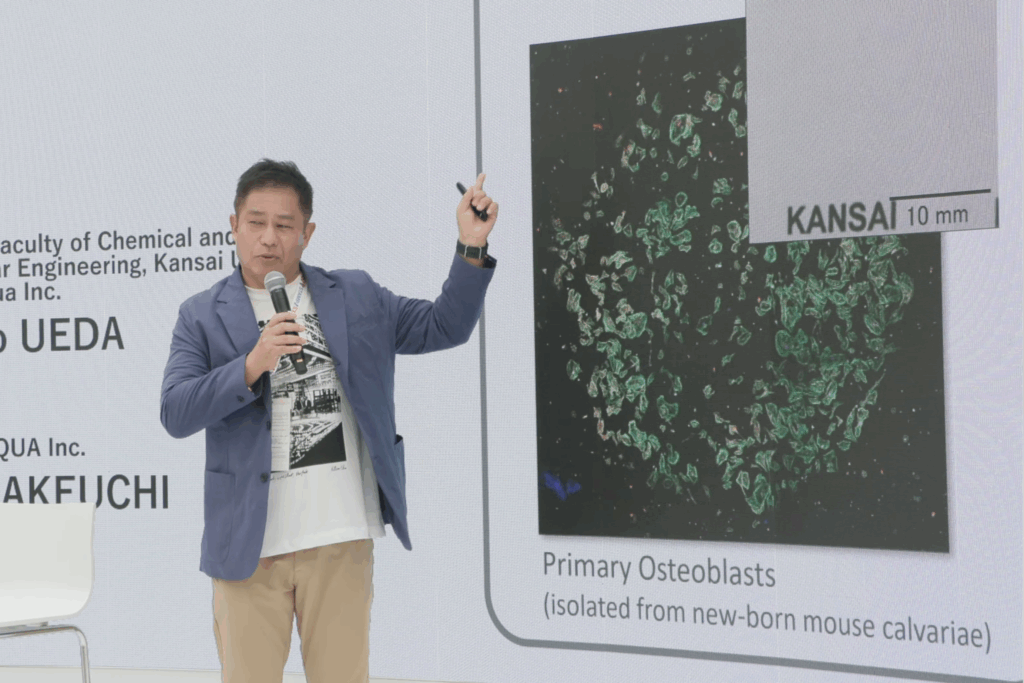
The symposium concluded with a talk session with designer Teruichi Moriya, CEO of Kiichi’s Memo Co., Ltd., who also serves as Inoka’s CDO. Under the theme of “Design x Marine Conservation,” the two discussed their unique approach to environmental issues through the power of design.
The two men shared examples of “environmental edutainment” for children, a focus of Inoka since its founding, including a card-game workshop in which children can learn by comparing them with the creatures in the aquarium.
Moreover, touching on the content of the workshop starting on Tuesday, August 5, Moriya stated that design serves as a “translation device” that communicates specialized research to the general public in an easy-to-understand manner and encourages participation.
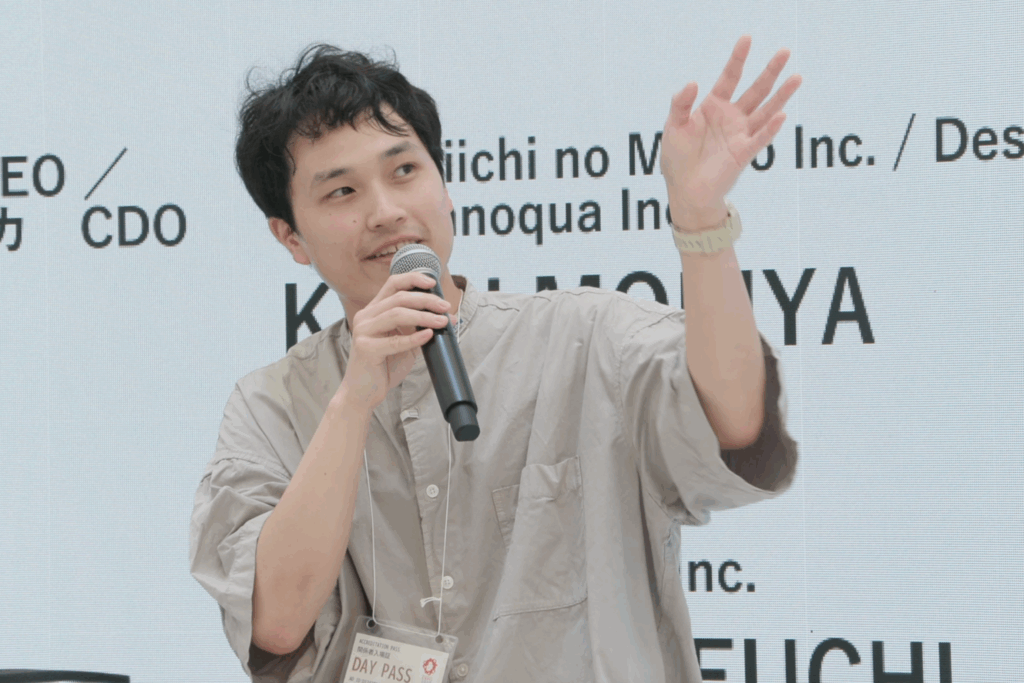
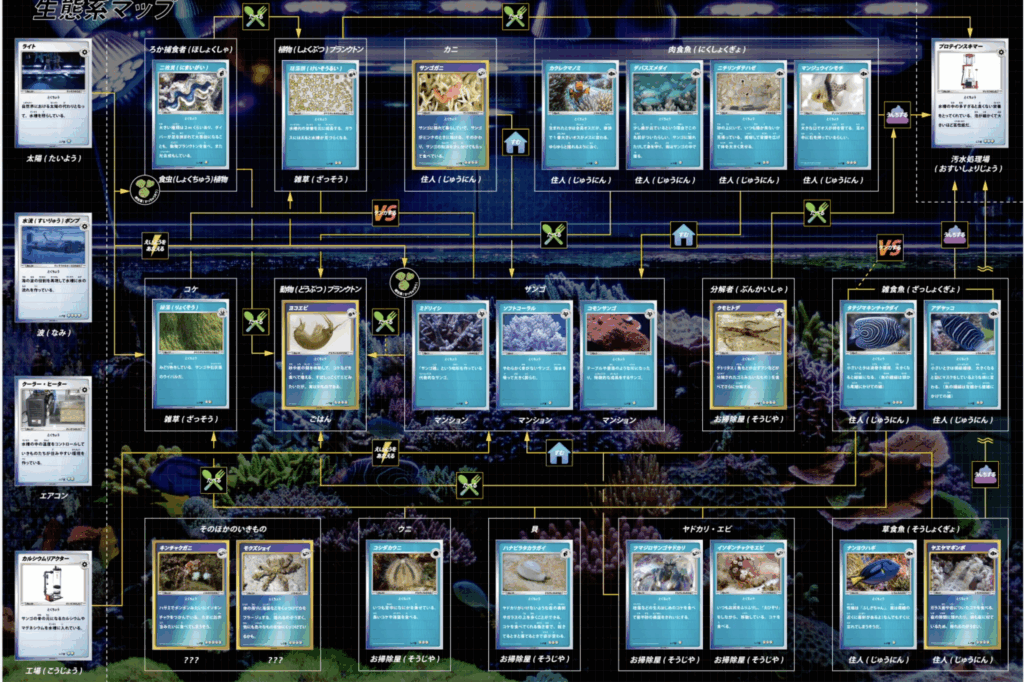
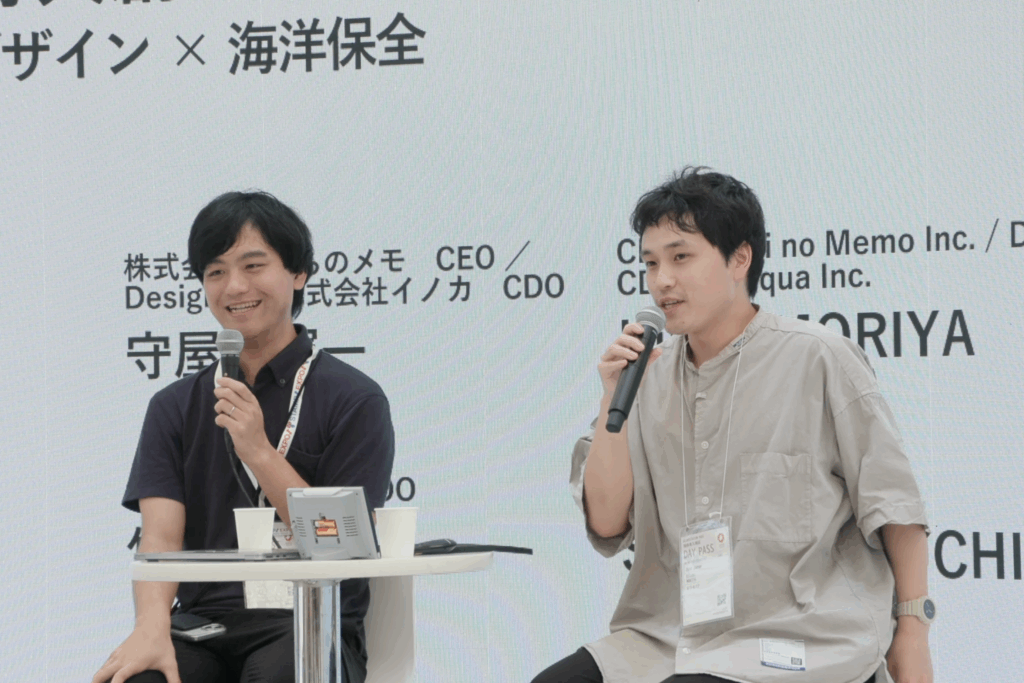
Inoka’s secret research institute, Inoka’s Citizen Science Program, “Discover Coral’s Passion!” EXPO EDITION
For 13 days, from Tuesday, August 5th to Sunday, August 17th, we held a citizen science workshop for children called “Discover What Corals Love! EXPO EDITION.” This workshop aimed to have children become “apprentice researchers at the secret research institute, Inoka,” and participate in research that contributes to ocean conservation.
The workshop began with a “Coral Master Quiz.” Through questions such as “Are corals animals or plants?”, “How do corals obtain nutrients?”, and “What role do corals play in humans?”, participants learned basic knowledge about corals and their importance in preserving the marine environment.
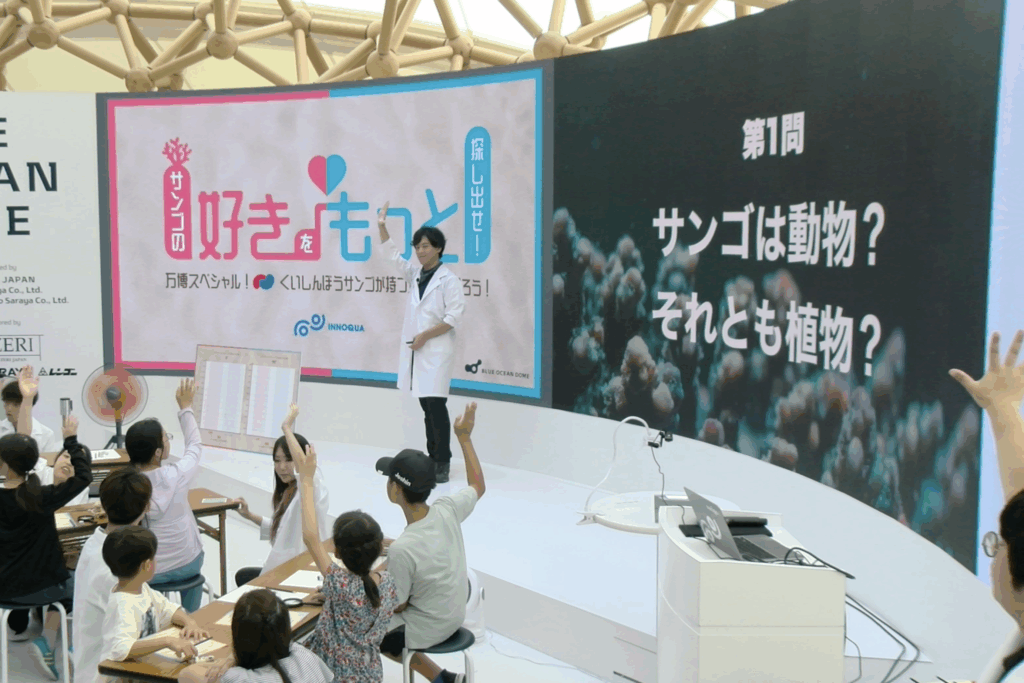
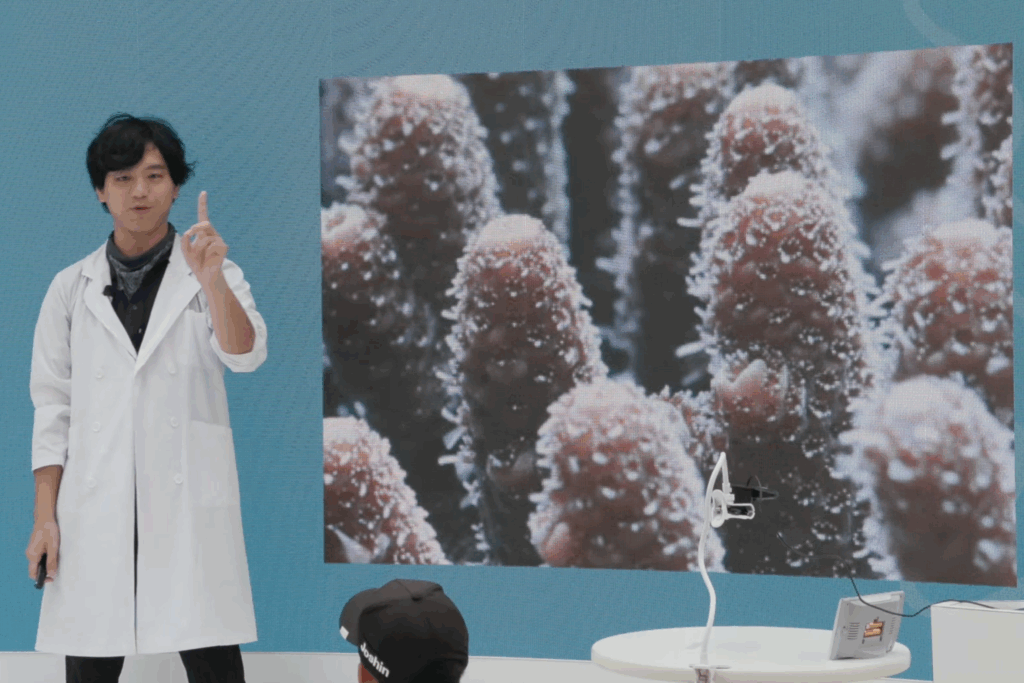
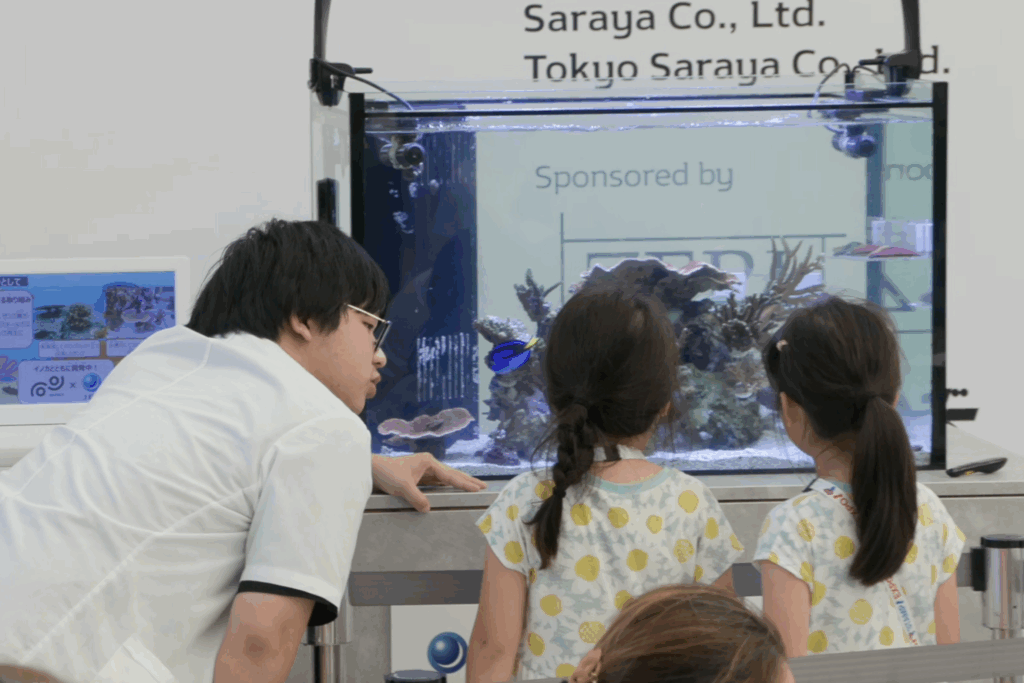
The second half of the event consisted of a hands-on experiment using a coral called “kusabiraishi.” In this experiment, participants hypothesized that “changing the weight and size of food may affect the speed at which corals transport food.” Children divided into three teams worked on different types of food, including food with heavy metals attached and food with a small surface area. Participants filmed the coral’s movements with their smartphones and measured and recorded the number of millimeters it moved over a given time period. Based on these results, the speed at which the corals transport food was calculated, and each team presented their results.
Based on the concept of “citizen science,” in which non-scientists participate in data collection, the data obtained during the 13-day workshop will be published as an academic paper at a later date, and the names of interested participants will also be included. Through this research, Inoka suggested that this research may lead to the elucidation of a new environmental issue: how coral feeding habits are related to microplastic pollution.
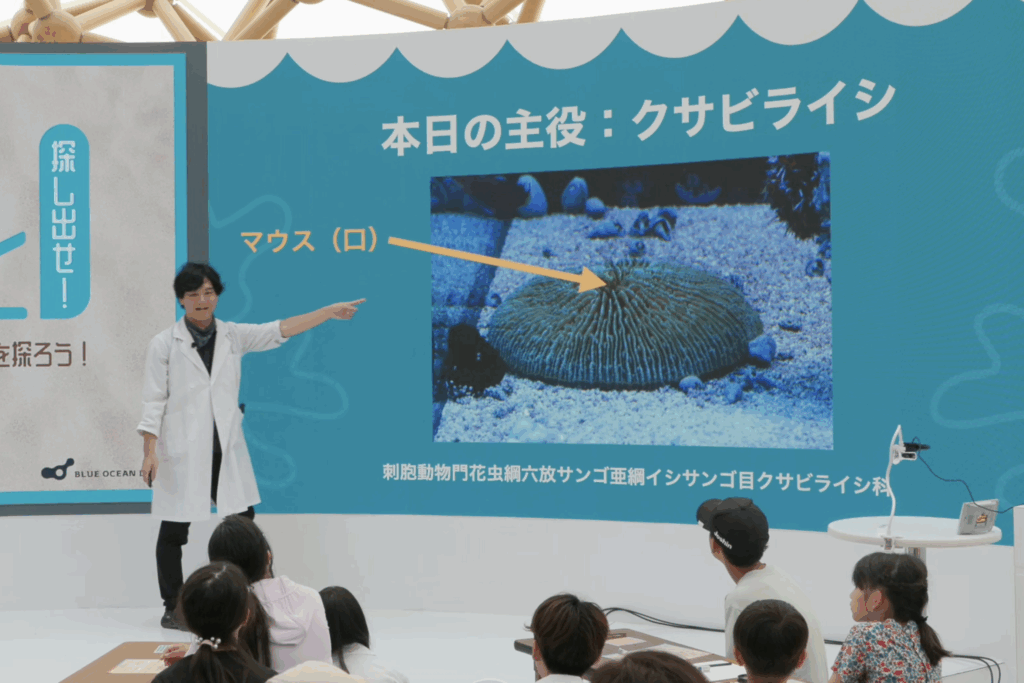
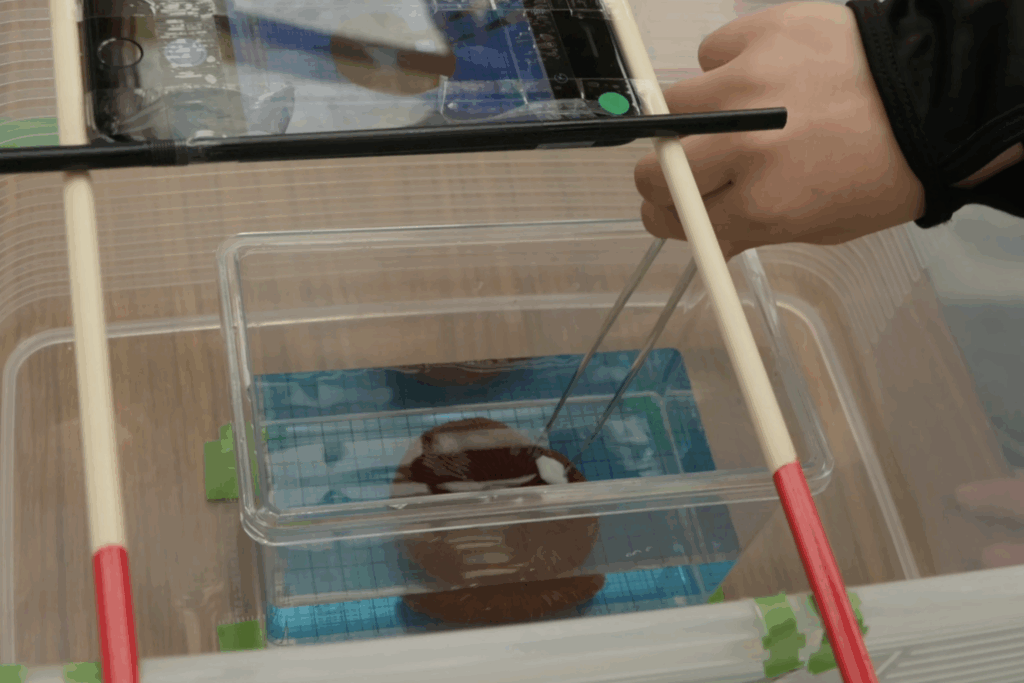
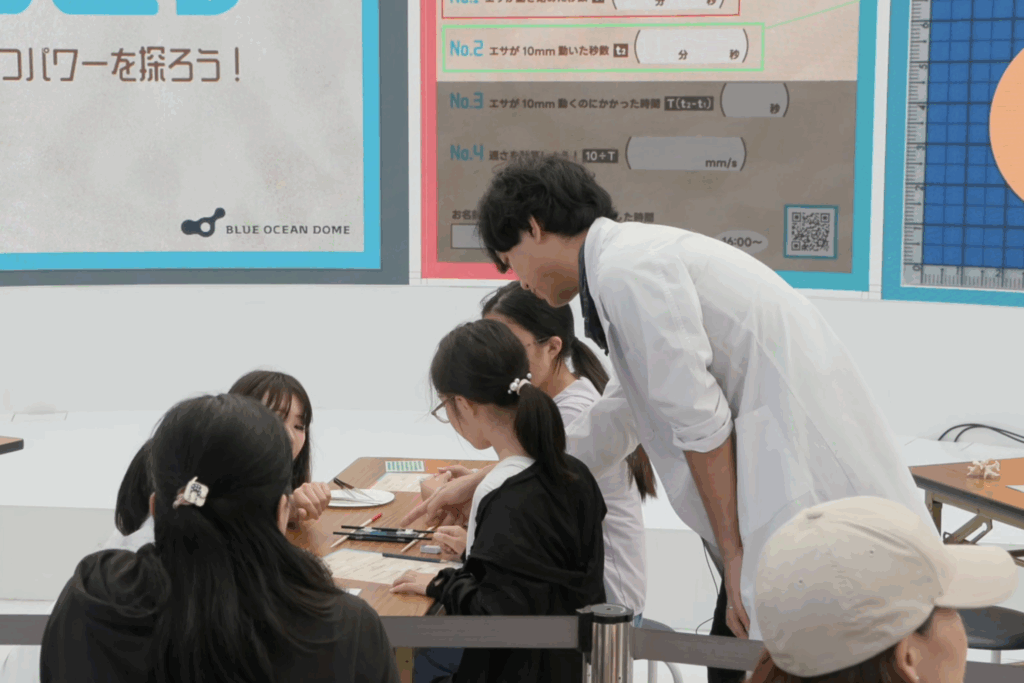
▼The event is currently available on the YouTube <BLUE OCEAN DOME Official Channel>. Please take a look.
【#092】Inoka Interdisciplinary Collaboration Symposium (ZERI JAPAN/Inoka Co., Ltd.)
【#093】Secret Research Institute Inoka’s Citizen Science Program “Discover What Corals Love! EXPO EDITION” (ZERI JAPAN/Inoka Co., Ltd.)